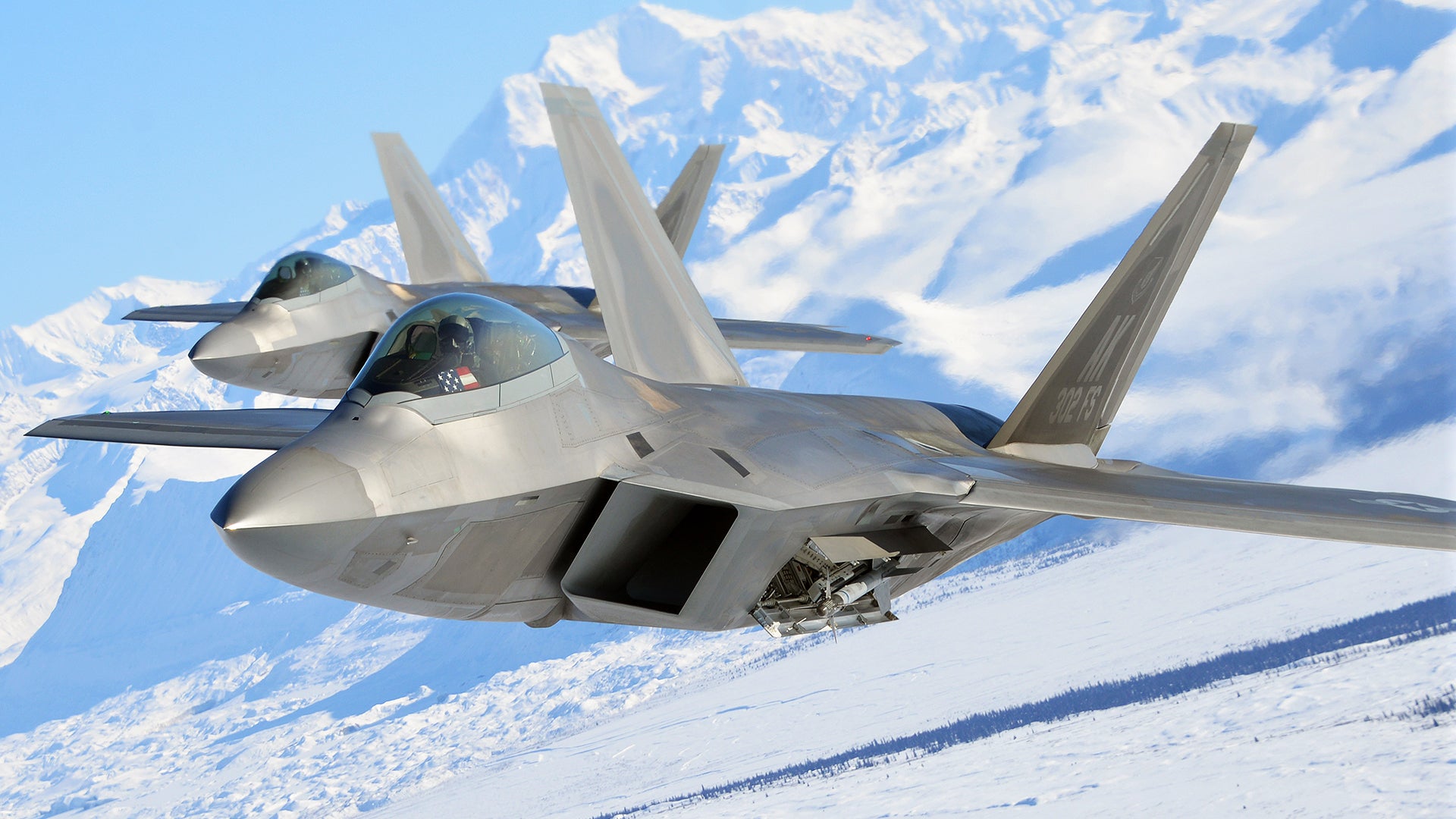The U.S. Air Force is reassessing the distribution and structure of its F-22 Raptor units, as well as their assigned missions and deployment schedules, following a highly critical review of how it is utilizing the aircraft from a top Congressional watchdog. At present, the stealth fighters suffer from low availability rates and their crews have limited time to train for their primary air superiority mission, especially due to having to fly alert missions in defense of the United States, which could lead to a shortage in capability from the already small fleet during any potential high-end conflict.
The Government Accountability Office (GAO) released the report publicly online on July 19, 2018. It acknowledges that the short-sighted decision to truncate the total purchase of F-22s has exacerbated many of the issues it uncovered and may make certain problems unavoidable to some degree, but makes clear that the Air Force is still not making the most of the Raptors it does have in inventory.
“The Air Force’s utilization of its F-22 fleet has limited pilot opportunities to train for air superiority missions in high threat environments,” the reviewers wrote in the executive summary. “Without conducting a comprehensive assessment to identify and assess F-22 organization, the Air Force may be foregoing opportunities to improve the availability of its small yet critical F-22 fleet, and support combatant commander air superiority needs in high threat environments.”
The Air Force has divided the fleet up among six combat-coded squadrons, including one in the Air National Guard, each of which has between 18 and 21 primary mission aircraft, along with a small number of additional planes in reserve. There are also two test and evaluation units with Raptors, as well as a formal training unit squadron.
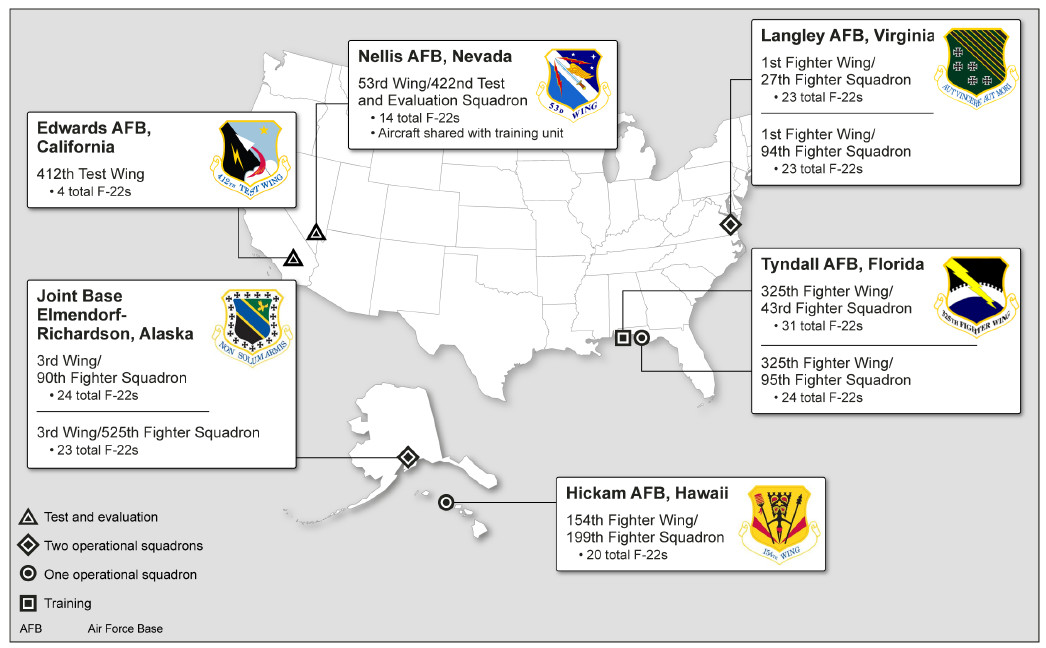
As of the 2016 Fiscal Year, on average, at any given time less than half of the Air Force’s 186 F-22s are mission capable, according to GAO. Only around 125 of those are assigned to combat units in the first place.
GAO’s findings into how this has come to be the case fall into two broad categories. The first is that the composition and number of F-22 squadrons create impositions that inherently limit aircraft availability, while the second is that Air Force’s deployment of the Raptors on homeland defense and overseas missions, as well as the demands of various training exercises, take aircraft away from their core mission of air superiority in high-risk environments and degrades pilot proficiency in that regard.
Among the problems that the report identifies in that first category, that the F-22’s low-observable coatings are maintenance intensive and require climate-controlled hangars for the aircraft on the ground are inescapable issues. The same goes for the fact that the Air Force is the only operator the type, which is now out of production, anywhere in the world and that its fleet is so small can only limit demand for and availability of other spare parts, as well. In some cases, the service has to make small and costly special orders to obtain critical replacement components.
The F-22’s F119 engines, which are also no longer in production, have become an especially problematic maintenance issue, according to the report. The issues go far beyond that, though, and GAO said personnel at one operational location explained it took a 30-week lead time just to obtain a wiring harness for the aircraft. As such, units routinely cannibalize parts from already non-mission capable aircraft to keep others flying.
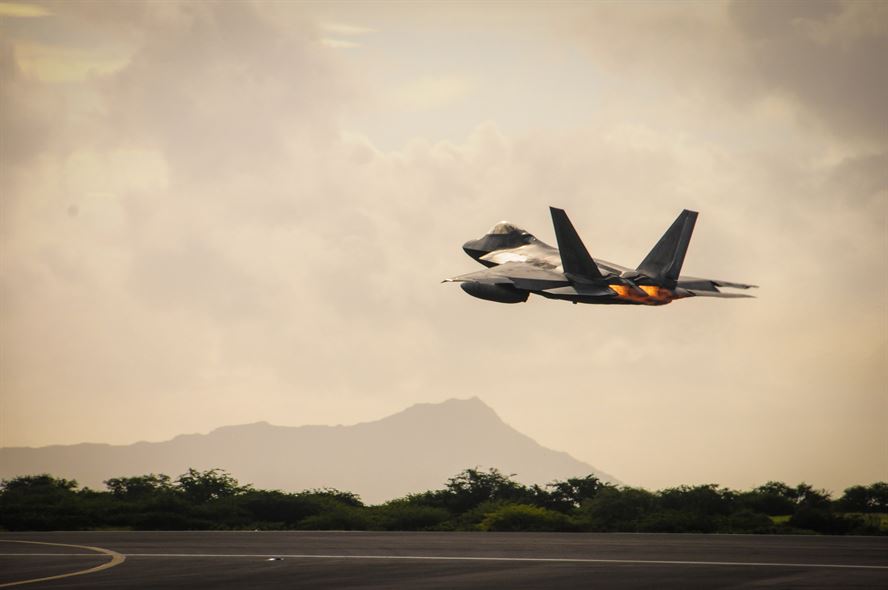
When Raptor production ended in 2011, the Air Force did put the original tooling for the aircraft into storage at Sierra Army Depot in California for the express purpose of making new parts as necessary, according to documentation we at The War Zone obtained via the Freedom of Information Act. It is unclear whether the Air Force lets contractors use that equipment for these small runs of components or if they simply turn over the design specifications. This raises a question not found in the public GAO review about whether the service is making the most of any in-house capability, even if it were to be contractor-operated, to help with supply chain issues.
But while these issues may be, at least in part, out of the Air Force’s hands, decisions that it has made itself have only exacerbated the problems. With small squadrons at numerous different bases, the service has to replicate the complex and costly support infrastructure required for the F-22 at each location. For instance, this means that every base has to have climate controlled hangars, facilities to maintain the jet’s stealthy coatings, and stocks of replacement parts on hand.
GAO found, not surprisingly, that operational units at Langley Air Force Base in Virginia and Joint Base Elmendorf-Richardson in Alaska, both of which have two squadrons of Raptors apiece, had higher availability rates than the single squadrons at Tyndall Air Force Base in Florida and Hickam Air Force Base in Hawaii.

The 199th Fighter Squadron in Hawaii is also both the smallest of the operational units and the most detached from outside support. Officials there told GAO that if they had just 4 additional F-22s, they’d be able to increase the total number of sorties they could fly by more than 30 percent.
It is also important to note that Tyndall actually has two squadrons when the training unit at the base gets taken into account and has the largest number of F-22s of any one site, yet the operational squadron’s readiness still lags behind the units at Langley and Elmendorf-Richardson. GAO’s analysis curiously doesn’t take the additional presence at the base into account and doesn’t explain the discrepancy.
Beyond the actual disposition of the squadrons, the Air Force’s practice of deploying force packages with a third or fewer of a squadron’s Raptors, but with more than half of a squadron’s personnel means that routine maintenance and other tasks suffer for the portion of the unit that remains at its home base. This, in turn, makes it unclear whether or not the squadrons would even be able to deploy as cohesive units if necessary during a major crisis.
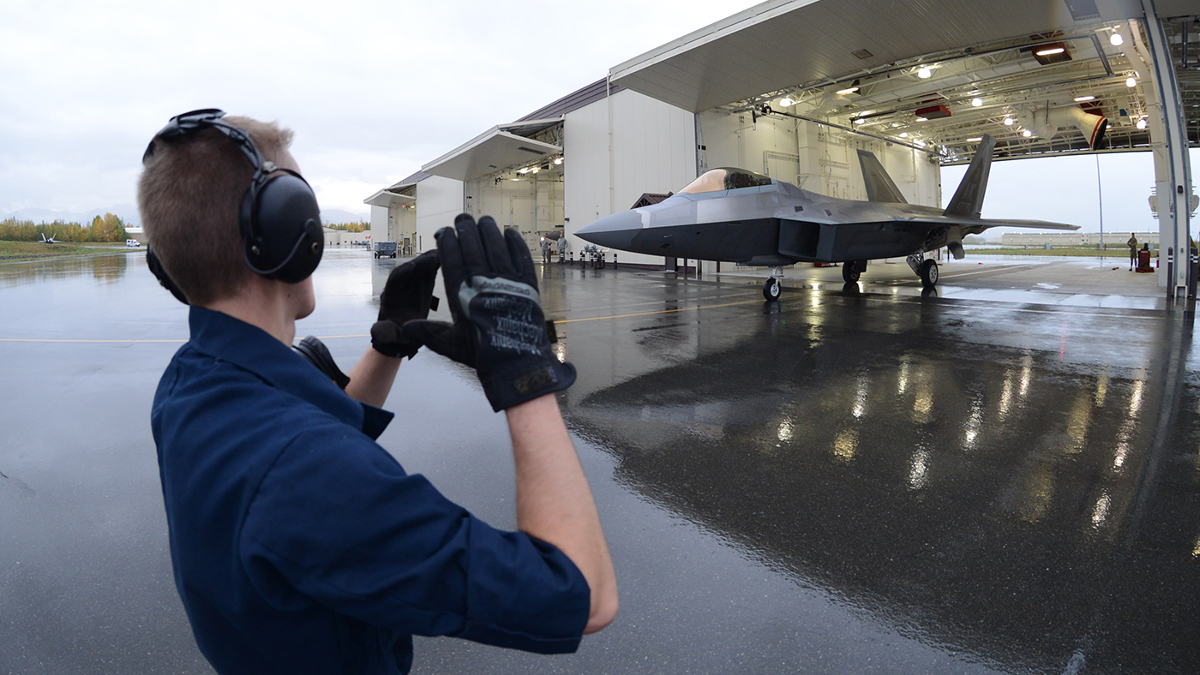
This all feeds into the second category of issues dealing with how the Air Force operates the jets it can put into the air. Existing operational demands mean that F-22 pilots simply do not have enough time to train and remain proficient in high-end air-to-air combat.
“An Air Force analysis conducted in 2016 determined that, based on current aircraft availability rates, pilots in an F-22 squadron with 21 primary mission aircraft need 270 days of home station training each year to meet their minimum annual continuation training requirements,” GAO noted. This isn’t happening and, on average across squadrons of all sizes, Raptor pilots get approximately 191 hours of training.
GAO acknowledged that pilot and other personnel shortages, among other issues, meant that units across the Air Force were having trouble meeting training requirements regardless of aircraft type, but said that these issues were especially pronounced among F-22 squadrons. “One squadron identified training shortfalls in its primary missions for four consecutive years in its annual training reports,” the review said.
The loss of training time can quickly have a cascading impact. The longer a pilot goes without taking the appropriate amount of time to train, the longer it can take to get them back to the necessary skill level. By the service’s own appraisal, it can reportedly take between seven and eight years for pilots to fully master the F-22.
The high number of scheduled exercises at other bases for F-22 squadrons and their high demands for “red air” adversaries to fly against – a higher requirement than exists for training pilots in fourth-generation aircraft such as the F-15C Eagle and F-16C/D Viper – only make things worse. On average, a Raptor pilot can expect to face off against a mock opponent between 145 and 171 times each year, while F-15C pilots might only do so 45 to 73 times annually, according to GAO.

But by far the biggest factor limiting training opportunities was tasking F-22s to fly alert missions from their home stations and sending them on overseas deployments to support operations in Iraq and Syria and Afghanistan. None of those operational activities necessarily require the F-22’s stealth characteristics or other advanced capabilities as an absolute necessity and fourth generation aircraft fly similar missions to the Raptors in nearly every instance.
It’s debatable how relevant any real-world experience the pilots gain from these missions is when considering their primary role performing offensive and defensive air-to-air operations in a high-end conflict. F-22s fly alert missions in a non-stealthy configuration complete with external fuel tanks and radar reflectors.
GAO also says that the Air Force informed it that the Raptors flying in the Middle East and Central Asia were primarily flying close air support, which is not even officially a secondary mission for the aircraft. However, this makes little sense given previous reports that indicate the jets have been conducting combat air patrols and interdiction missions against fixed targets.
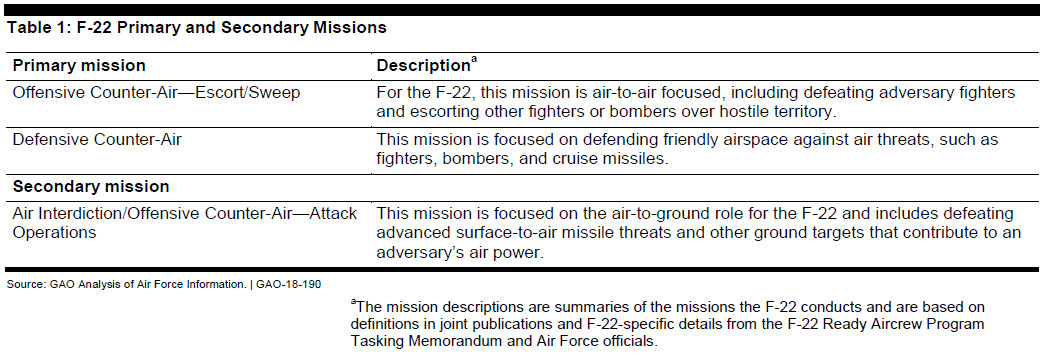
As of 2015, Air Force officials were confusingly and incorrectly using close air support and interchangeably on the record, as I reported at the time for War Is Boring, which could explain GAO’s description of F-22 operations in both theaters. Regardless, Raptor pilots must train in the skill sets required for those mission sets, which further reduces the time they have to spend keeping sharp in more demanding air-to-air combat tactics
In yet another admission of how poor the decision to cut back purchases of F-22s have been, one of GAO’s first recommendations to help alleviate these issues was to restart Raptor production. Since the Air Force has categorically rejected this idea, the reviewers identified a number of other places where the service could look to improve the situation.
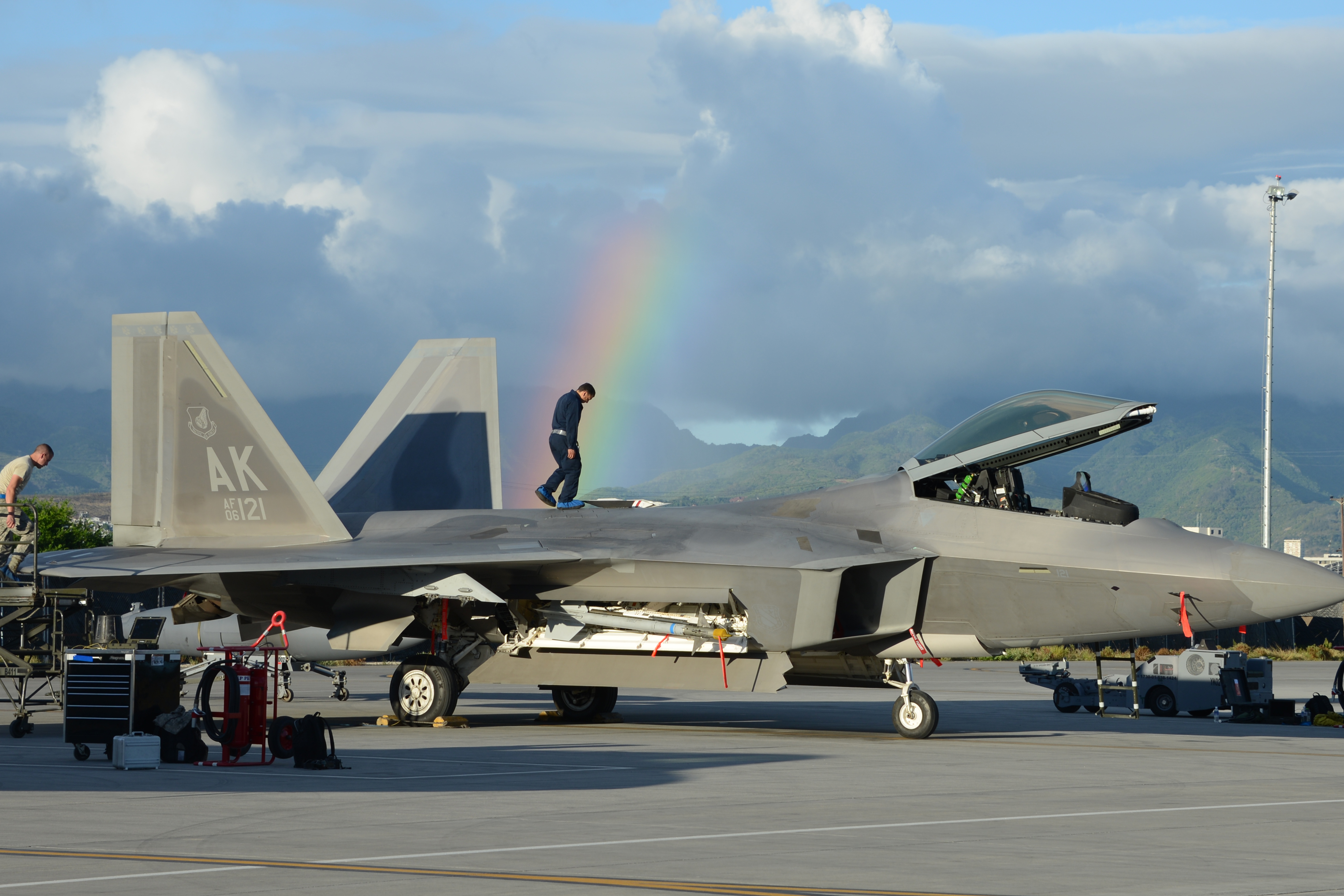
Their suggestions included assigning other aircraft to the homeland defense mission, removing F-22s from exercises where their participation isn’t absolutely necessary, and scaling back the aircraft’s participation in current conflicts that don’t require its capabilities. At the same time, the report recommended that the Air Force look into consolidating units within the United States, creating a more productive deployment mechanism that doesn’t leave aircraft at their home station without key support, and increasing the availability of aggressors, either within the service itself or through contractors, to meet the needs of Raptor units during training.
“Unless the Air Force takes steps to assess and make necessary adjustments to the current organization and use of its F-22s, F-22 units are likely to continue to experience aircraft availability and pilot training rates that are below what they could be,” GAO wrote in its conclusion. “As a result, the Air Force may be incurring increased risks in future operations in high threat areas.”
The Air Force has officially concurred with the GAO’s assessment and says it is now looking into its options. The fact that the USAF is taking the findings seriously is a very good sign, because, frankly, they sound incredibly relevant and logical.
In fact, consolidation of the F-22 force has happened before. Raptors that were assigned to Holloman Air Force Base in New Mexico, once the master base for F-117 Nighthawk operations, were realigned to Tyndall in Florida, with the last Raptor leaving the base in 2014. F-16s were transferred to Holloman to take the place of the F-22s.
Another round of Raptor consolidation makes a lot of sense, but the question of what units would get moved comes into play. The Hawaii Air National Guard and their F-22s seem like the most logical unit to pull the Raptors from. The base supports a single squadron and the same role could be fulfilled by F-15s as it once was. But those Eagles would have to come from somewhere and the USAF is currently mulling eliminating the entire F-15C/D fleet as a whole and replacing those jets with upgraded F-16s.
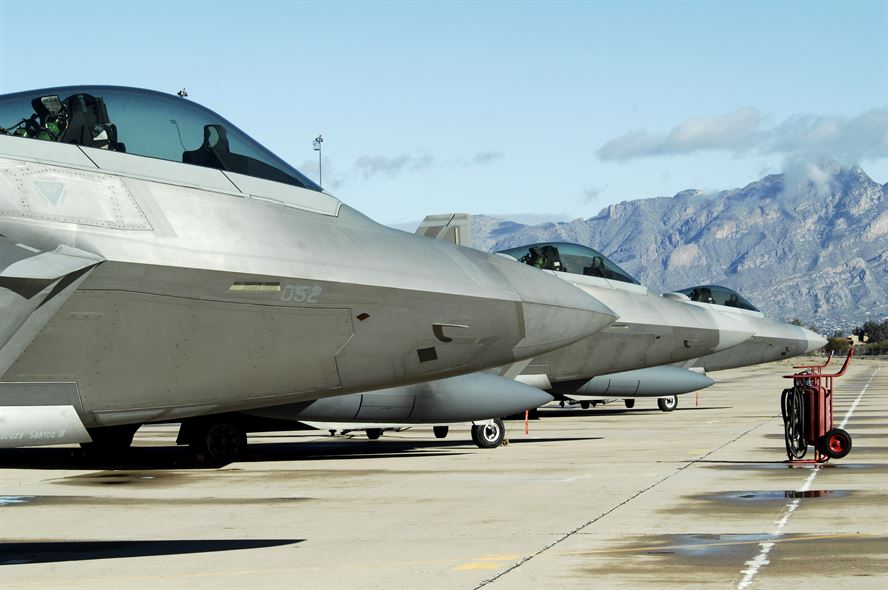
Even more drastic measures could be taken, such as removing all F-22s from Elmendorf-Richardson and replacing those aircraft with updated F-16s, as well. The F-35 may be another option, though GAO notes in its report that the Air Force has no plans at present to use the Joint Strike Fighters for the alert mission. This, of course, could easily change as more of those jets enter service.
At the very least, the alert commitment should be taken off the F-22’s back in Alaska. The mission sucks up three to four jets at any given time and the training requirements required to execute it also eats into the Raptor’s core mission syllabus.
The alert role could be assigned to a stateside Air National Guard unit, which is not an uncommon practice. Even years after California’s 144th Fighter Wing converted to F-15s, the ‘Lobos’ F-16s of the South Dakota Air National Guard still sit alert at March Air Reserve Base, although that commitment is finally coming to an end soon. Also, when the F-15 Eagle was grounded for months in the late 2000s, F-16 units provided detachments of jets and crews to fulfill alert capacity across the United States, including in Alaska.
Maybe a better solution, at least logistically speaking, would be to increase the aircraft inventory and pilot roster of the 18th Aggressor Squadron based at Eielson Air Force Base in Alaska. The unit could then provide alert aircraft and crews at Elmendorf Air Force Base in Anchorage. The F-16 unit is heavily tasked with adversary support duties, but not with operational missions, so there should be more flexibility in adding the alert mission than in other fighter units that are called on for operational deployments. In fact, the unit’s sister squadron, 64th Aggressor Squadron based at Nellis Air Force Base in Nevada, has this exact secondary mission during a time of crisis.
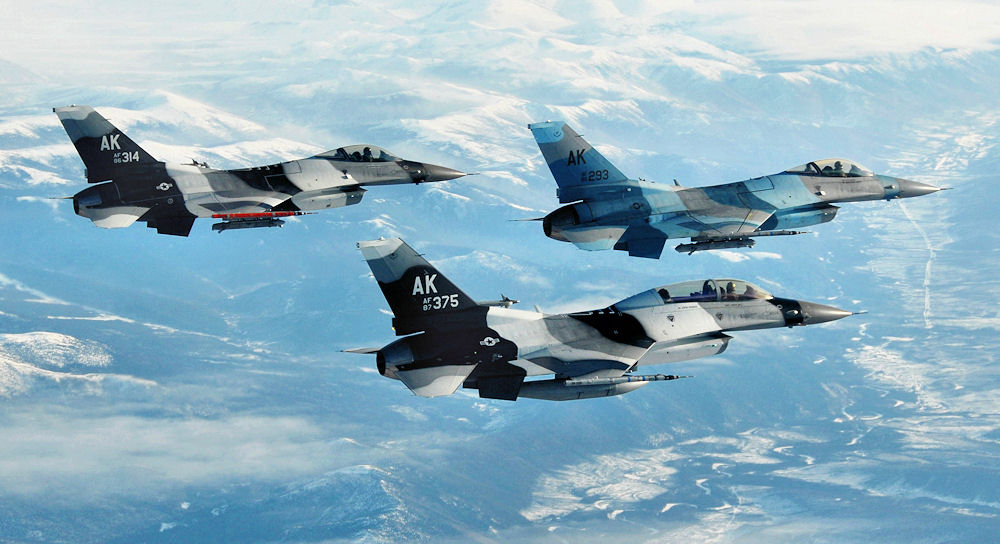
Then again, if the Hawaii Air National Guard were to relinquish their F-22s and those jets moved to Elmendorf as a third Raptor squadron bedded down there, the resources required to execute the alert mission may not be as big of a hindrance as they are now.
And although the GAO report discounts putting the Raptor back into production, it doesn’t take into account the fact that Japan may be willing to do just that, albeit in a much-upgraded form. We have written about this opportunity in detail, one that the Air Force would be nuts not to jump on. In doing so, they would make the whole project far more fiscally feasible for Japan as well. It would be a win-win and would solve the service’s capacity gap when it comes to its top-of-the-line thoroughbred fighter force.
The fate of the Air Force’s F-15C/D community, as well as the possibility that the service could buy new-build F-15s from Boeing under the F-15X designation, also plays into all this. But just because the flying force could buy more Eagles, it doesn’t mean that doing so would be money wisely spent. We will be addressing this issue in detail in the coming days, so stay tuned for that.
Regardless, the GAO has given the USAF a dose of much-needed medicine in regards to how they arrange, employ, and sustain their regrettably tiny F-22 fleet. We’ll have to wait and see if they actually act on the report’s findings, but if they do, it could very well be part of a much grander reshuffling of tactical air power that could end up with major changes in fighter capacity elsewhere.
Contact the author: Tyler@thedrive.com
